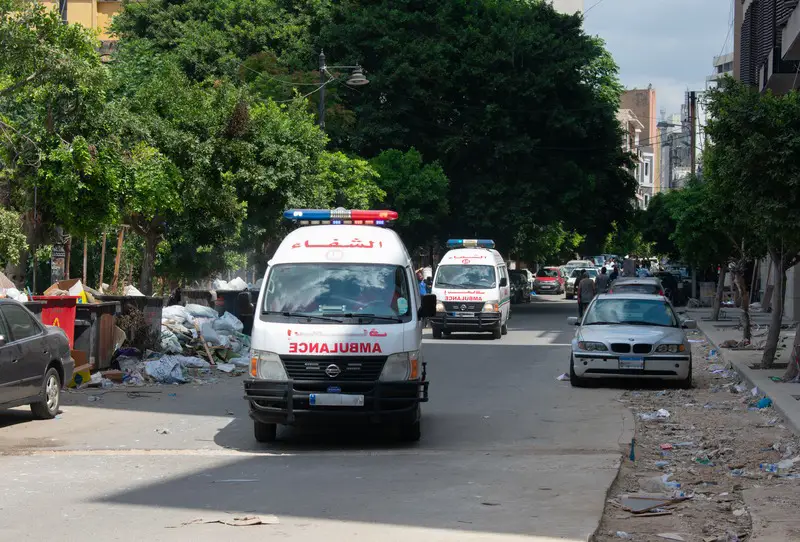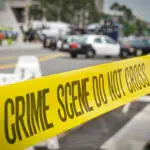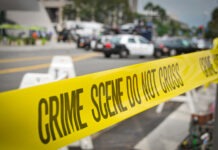On January 3, 2024, twin explosions disrupted a memorial in Kerman, Iran, honoring the late Iranian General Qassem Soleimani.
The Associated Press reported the explosions led to the death of a minimum of 95 individuals and injured another 211. The death count varies across different media outlets. This attack stands as one of the most lethal in Iran since the Islamic Revolution in 1979.
The memorial was held on the anniversary of Soleimani’s killing in a 2020 U.S. drone strike, drawing thousands of mourners to his birthplace, Kerman.
The initial blast took place about half a mile away from Soleimani’s burial site, followed by a second explosion approximately 0.6 miles away, around 20 minutes later. The explosions did not take place at the actual burial site, indicating that the explosive devices may not have been subjected to any security screenings.
Iran’s state media attributed the twin blasts to acts of terror. Early investigations suggested that the explosions were triggered by two briefcases filled with explosives, detonated remotely near the cemetery’s entrance.
On January 4, it was reported that ISIS had accepted responsibility for the bombings. The group’s Al-Furqan media division released a statement, identifying two sibling suicide bombers as those responsible for setting off their explosive belts amidst the crowd of Shiite mourners.
Qassem Soleimani, a significant figure in Iran, led the Quds Force, a specialized unit of the Islamic Revolutionary Guard Corps. He was responsible for managing Iranian-backed proxy groups throughout the Middle East, thereby extending Tehran’s military and political reach in regions like Lebanon, Iraq, Syria, and Yemen. His 2020 assassination by the U.S. heightened tensions between Iran and the U.S.
The memorial ceremony was state-controlled and broadcast live, showing a large procession of mourners in the streets before the explosions. After the attack, the broadcast displayed scenes of chaos and emergency responders rushing to assist the injured.
The deputy governor of Kerman characterized the incident as a “terrorist attack,” echoing the official stance of the Iranian authorities.
The international community is closely observing Iran’s handling of this incident, considering the strategic and symbolic importance of the target. The attack not only signifies a direct assault on a crucial emblem of Iranian national pride but also highlights the challenges Iran faces pertaining to domestic security and regional conflicts.











